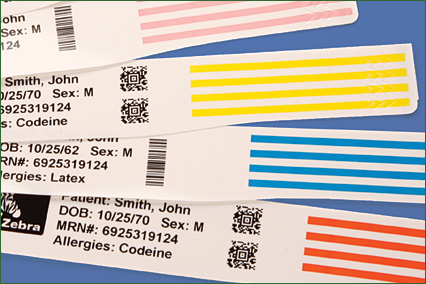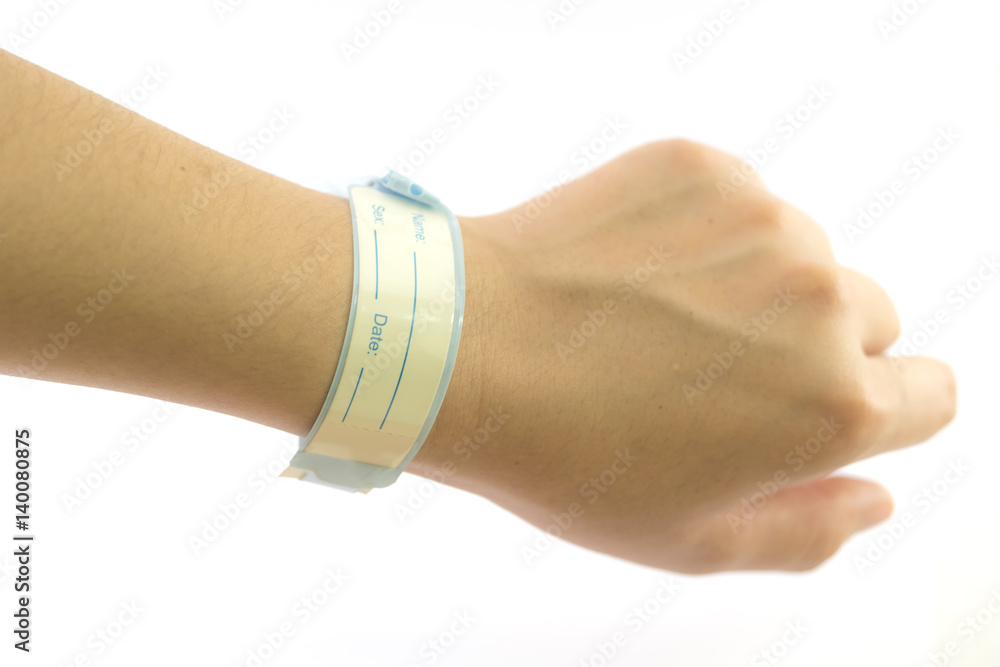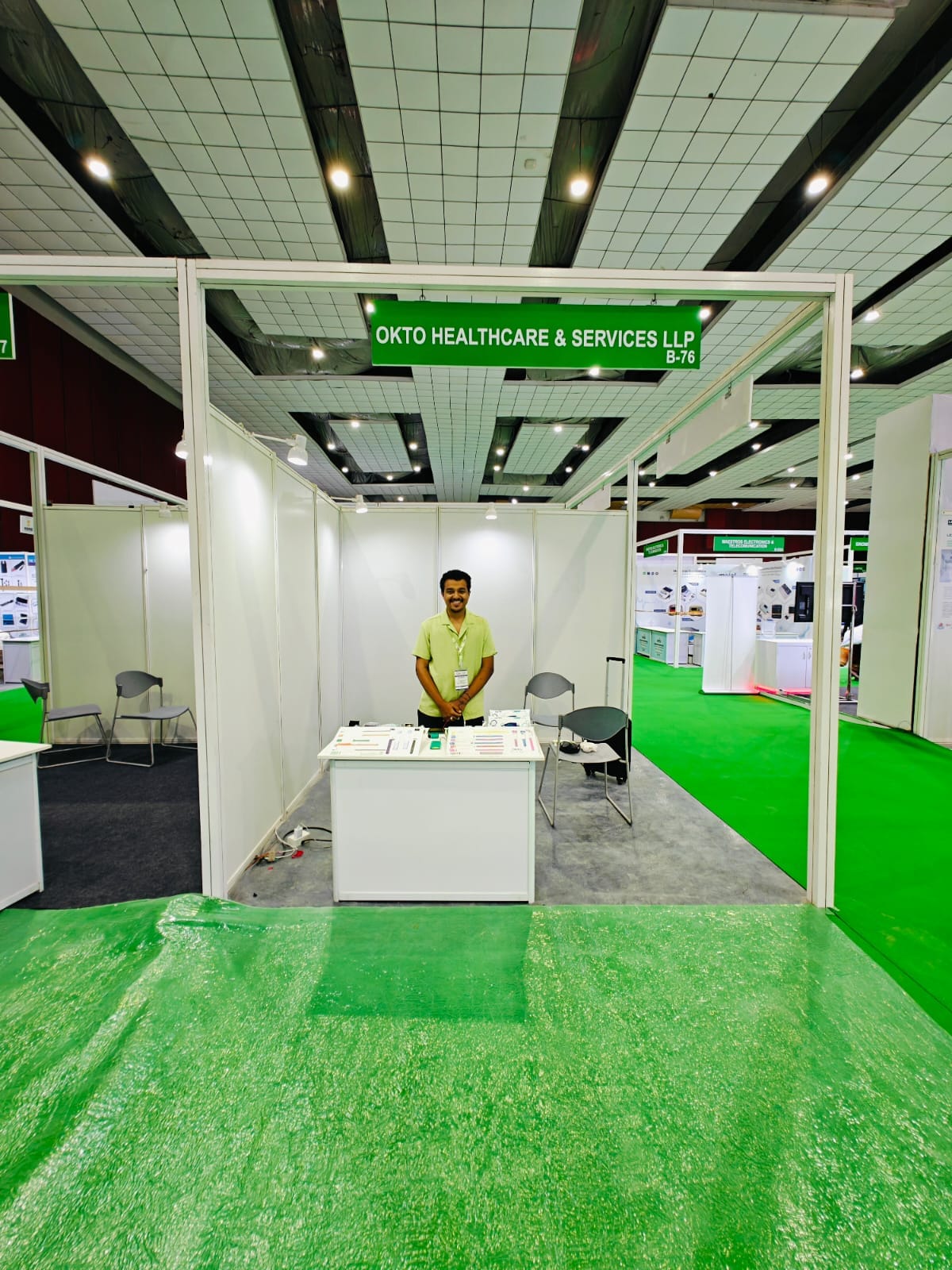Improving Person Treatment With Reliable Recognition Bands
The implementation of reliable identification bands is a pivotal aspect in boosting client care within medical care setups. As the landscape of client identification progresses, one must consider the ramifications of these systems on overall medical care distribution and patient results.
Significance of Patient Recognition
Making certain precise patient recognition is critical in healthcare settings, as it directly influences the security and quality of care provided. Misidentification can cause serious mistakes, consisting of carrying out the wrong drug, doing wrong treatments, or miscommunicating vital person information. Such errors not only endanger client security yet can additionally result in legal implications and reduced count on health care systems.
Effective client recognition is basic to developing a secure environment where people get tailored and suitable treatment. It assists in the accurate documentation of case histories, allergic reactions, and treatment strategies, ensuring that doctor have accessibility to important info in any way times. Durable recognition procedures aid improve communication among medical personnel, enhancing cooperation and minimizing the danger of blunders.

Types of Recognition Bands
Identification bands play an essential duty in keeping accurate individual documents and enhancing safety within healthcare atmospheres. Numerous sorts of identification bands are utilized to deal with the particular requirements and demands of various person populations.

One more kind is the ankle band, which is particularly beneficial for newborns and babies, making certain that identification continues to be undamaged even during treatment treatments. Specialized bands, such as those for allergic reaction informs or fall threat indicators, provide additional layers of safety and security by drawing prompt attention to critical patient problems.
Lately, electronic identification bands have actually gotten popularity, incorporating barcodes or RFID innovation that can be scanned to rapidly fetch person data. These bands streamline process and lessen the danger of human error throughout person recognition procedures.
Advantages of Effective Recognition
Reliable identification of people with using recognition bands adds dramatically to total person safety and security and care top quality. By guaranteeing that each person is accurately identified, doctor can successfully match medical therapies and procedures to the correct individual, reducing the risk of errors. This is particularly crucial in settings with high client turnover, where the potential for misidentification is better.
In addition, efficient identification bands boost communication among medical care groups. Clear and exact individual recognition cultivates cooperation and makes certain that all group participants recognize a client's details needs and case history. This communication is important for delivering coordinated treatment, particularly in emergency situation situations where time is important.

Ultimately, effective recognition via making use of recognition bands not only safeguards click here now people but also promotes a society of safety and security within healthcare facilities (Patient Identification Band). By prioritizing exact recognition, health care organizations can boost results and improve the total person experience
Applying Recognition Equipments
While the value of person recognition is well identified, the implementation of robust identification systems postures a facility challenge for health care organizations. Developing efficient identification systems calls for a comprehensive strategy, encompassing innovation, employees training, and procedure combination.
First, companies need to choose ideal identification modern technologies, such as barcode scanning, RFID, or biometric systems. Patient Identification Band. These innovations should be go to this website assessed based upon cost, use, and compatibility with existing framework. A pilot program can assist determine prospective issues prior to full-scale execution
Next, thorough training for staff is vital. All workers need to comprehend the importance of exact individual recognition and be skilled in making use of the selected innovations. Regular training updates and assessments can strengthen ideal practices and ensure continued conformity.
Furthermore, healthcare companies need to develop standardized treatments for patient recognition throughout all departments, minimizing discrepancies and boosting communication. Regular audits can help determine voids in adherence to these procedures.

Ultimately, an efficient implementation of identification systems not just enhances client safety and security yet also fosters a society of responsibility and persistance within healthcare settings, ensuring reputable and constant patient treatment.
Future Trends in Person Identification
Innovations in innovation are readied to reinvent client identification practices in healthcare setups. The integration of biometric recognition methods, such as fingerprinting and face recognition, is expected to enhance precision and protection. These modern technologies can considerably reduce the danger of misidentification, making sure that clients receive the proper therapies and drugs.
Furthermore, the implementation of blockchain technology for individual records is acquiring traction. This decentralized strategy can supply a safe and tamper-proof approach for taking care of person identifications, therefore streamlining access to essential information across various doctor.
Another pattern is the increasing use mobile wellness applications that utilize QR codes for client recognition. These applications permit real-time updates and easy access to patient data, empowering health care specialists to make enlightened choices quickly.
Furthermore, synthetic intelligence (AI) is positioned to play an essential function in evaluating person recognition information, determining patterns, and anticipating possible identification errors before they occur.
As these innovations progress, they promise not just to boost person security however likewise to enhance the total performance of medical care distribution systems. Embracing these technologies will certainly be essential for future-proofing patient treatment practices.
Final Thought
To conclude, effective identification bands are crucial for boosting patient safety and care high quality within healthcare settings. By decreasing the risks related to misidentification, these bands promote exact and prompt information access, eventually boosting interaction amongst doctor. The application of durable identification systems not just fosters a society of safety and security but additionally settings health care institutions to adapt to future fads web link in client recognition modern technology, ensuring optimum outcomes for people in varied clinical environments.
As the landscape of individual identification evolves, one must take into consideration the ramifications of these systems on general medical care delivery and client results.Reliable patient identification is fundamental to establishing a safe environment where people receive proper and customized care. Eventually, focusing on effective individual recognition approaches not only promotes a culture of security however also contributes to improved person end results and general fulfillment with medical care services.
Efficient identification of clients with the usage of identification bands contributes dramatically to total patient security and care high quality. The application of durable recognition systems not just cultivates a culture of safety however likewise settings medical care institutions to adapt to future trends in individual recognition technology, making certain ideal results for people in diverse medical environments.